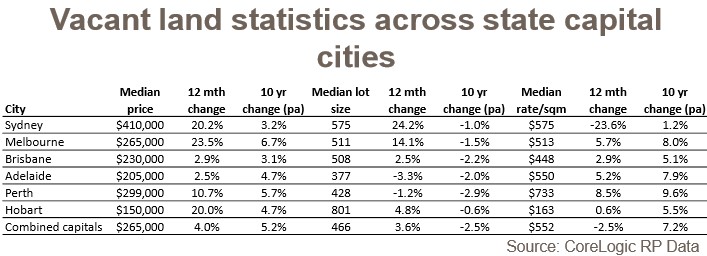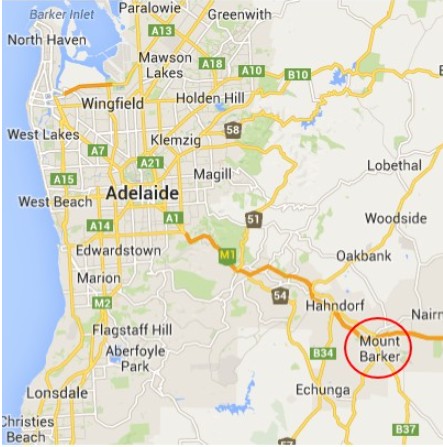Last month, I flagged that the South Australian Government was planning to place further restrictions on fringe urban land supply in an attempt to protect agricultural land from development.
Yesterday, the State Parliament passed these laws, thus tightening the state’s various urban growth boundaries across Adelaide and regional towns. From The ABC:
The Environment and Food Protection Area will limit the spread of Adelaide’s suburbs, as well as several smaller cities and towns in the region.
Planning Minister John Rau said major developments within the protected zone would require parliamentary approval.
“Once these lands have been lost to urban development they are irrecoverable,” Mr Rau said.
“There is no way of converting housing or the like back into lands to produce the quality food that forms part of this state’s growing food and wine industry.
“We can now realise the state’s development potential, manage our future growth and put people at the centre of planning decisions”…
As I noted last time, the South Australian Government’s has for a long time waged a war on urban “sprawl”, which it sees as inherently evil. In the process it has dramatically forced-up the cost of new housing in Adelaide.
In 2002, the Government implemented an urban growth boundary (since renamed the ‘urban footprint’). It has also set a target for 70% of new housing to be provided within the pre-existing urban area, as well as operating a cumbersome development approvals system, whereby Productivity Commission estimates that it takes between 2 to 13 years to complete the land supply process.
Indeed, the South Australian planning minister, has previously articulated the Government’s opposition to sprawl with the following quote:
“Whatever the policy of individual industry groups may be regarding the urban growth boundary, the government position is clear. We do not speak for industry. Urban sprawl cannot continue… Subdivision of green fields sites will occur only when required to maintain an adequate stock of rezoned land and only when structure plans and infrastructure requirements have been addressed. A priority is quality urban regeneration.”
The end result of these policies is that average Adelaide vacant lots are the smallest in the nation and the third most expensive on a rate per square metre basis, having risen on average by 7.9% per annum in the decade to 2015 (see below table). This cost escalation comes despite Adelaide being an economic backwater and experiencing relatively moderate population growth.

Moreover, the attempted urban containment has encouraged far flung “leapfrog development” into places like Mount Barker, thus arguably accentuating sprawl (see below map).

Urban regeneration is a worthwhile goal. However, it should not be achieved by limiting housing choice and effectively forcing people into apartments (or far flung developments) by artificially restricting land supply and forcing up its cost.

